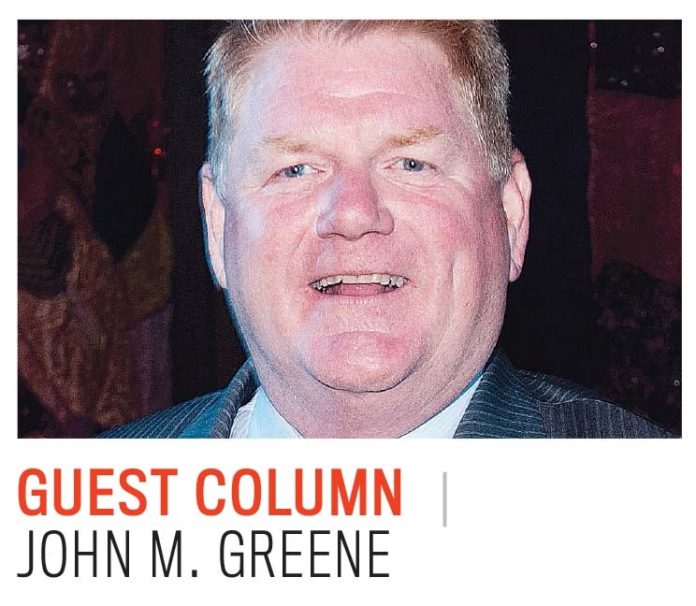Just because Uber is trying to be like a limousine company doesn’t mean we, as an industry, should be having sleepless nights and restructuring our entire business plan to be like them or, to put it simply, to be an “on-demand” industry. If having well-maintained vehicles, professional-looking drivers who have been vetted and adequate insurance to protect our clients means that we are not an on-demand taxi service, then so be it.
In most instances, on-demand car services like Uber do a good job at what they do, which very often is getting a couple from their hotel to a restaurant a mile away, for a minimal charge. Like most operators, we charge a two-hour minimum, or around $120. So it’s doubtful that the young couple is going to pay more for a ride than what their dinner will probably cost. But that’s a piece of the profit pie we are willing to concede, as long as we can retain corporate America as the remaining 75 percent of the pie.
In some ways the perception that our industry and Uber are battling it out like two gladiators sizing each other up is somewhat misguided.
It’s actually taxi companies (and to a lesser extent airport shuttle companies) that really have more skin in this game than we do. Taxi companies have always used as its bread-and-butter the luxury of being hailed from the street or being able to station themselves outside a hotel or airport terminal, a luxury we, as a livery company, are not regulated to do. But now Uber has entered the on-demand world and picked at the taxi business like so much carrion. Uber has effectively blurred the lines between taxis and limousines, and in doing so has inflicted some painful wounds on both parties, but none that should be perceived as fatal.
The onslaught of on-demand car companies shouldn’t be a rallying cry for us to be the best we can be. That’s a high bar that should have been set even if Uber never existed. We are not an on-demand service and I believe that is a plus, not a negative. It was always that very trait that allowed us to charge more for our services because, simply put, we offer more services.
But that doesn’t mean we shouldn’t go to the wall to take care of our client’s last-minute needs.
If a good client calls me at 5 p.m. on a Friday and needs to get to the airport in under an hour, I will do everything in my power to accommodate him. And that’s the best I can do. In the past, when I was unable to service his last-minute needs, my client would simply jump in a taxi. I knew this and it didn’t bother me. Today that same client might jump in an Uber vehicle instead, but it affects me at no greater level.
The reason is because of the service I have provided him over the years, that very same client will have me on his speed-dial when he needs to have six important executives from Japan picked up at Logan Airport and whisked at 5 p.m. through notorious Boston rush-hour traffic for a safe deposit at the Four Seasons.
The point to drive home here is that we can’t be all things to all people. Mercedes-Benz makes one of the finest cars in the world, but there will always be people out there who want, and need, a Kia.
All we can do as a limousine industry is continue to be the best at what we do, to keep upgrading our service and, as new technology continues to evolve, to keep looking forward. But this can be very hard to do if we are always looking back over our shoulders. •
John M. Greene is president & CEO of ETS International in Randolph, Mass. He can be reached at jgreene@etsintl.net.












